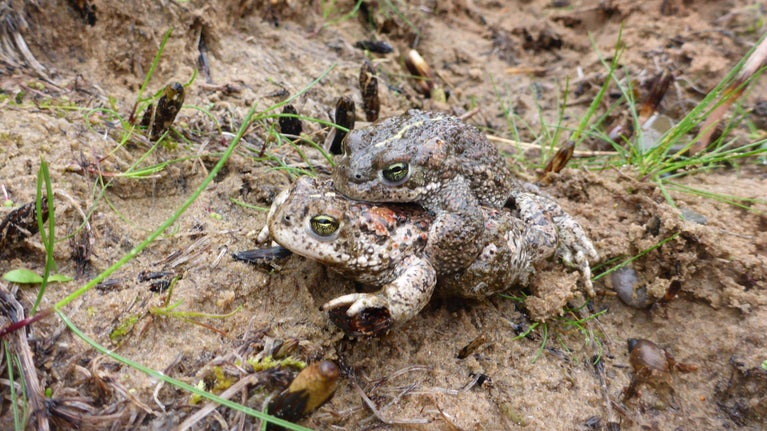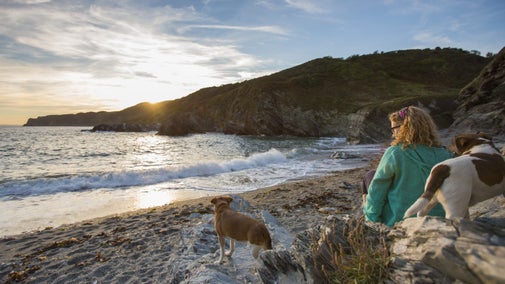
Discover more at Sandscale Haws National Nature Reserve
Find out how to get to Sandscale Haws National Nature Reserve, where to park, the things to see and do and more.




Find out how to get to Sandscale Haws National Nature Reserve, where to park, the things to see and do and more.
Take a look at our guidelines for responsible seal spotting and top tips for seal watching.

Discover the 890 miles of beautiful coastline in our care. Plan your next coastal adventure, whether you want to explore soft, sandy beaches or rugged, windswept cliffs.

Try out the ‘50 things to do before you’re 11¾’ activities children can enjoy by the sea, from paddling or swimming, to catching crabs and skimming stones.

While canoeing and kayaking are great ways to experience nature and keep fit, they can be dangerous if you don't follow the guidelines. Learn how to stay safe with our advice and guidance.

Learn how dedicated rangers and volunteers work to keep this rugged landscape a happy home for wildlife and wildflowers.

Discover some of the best coastal spots and beaches to explore in the Lake District.
